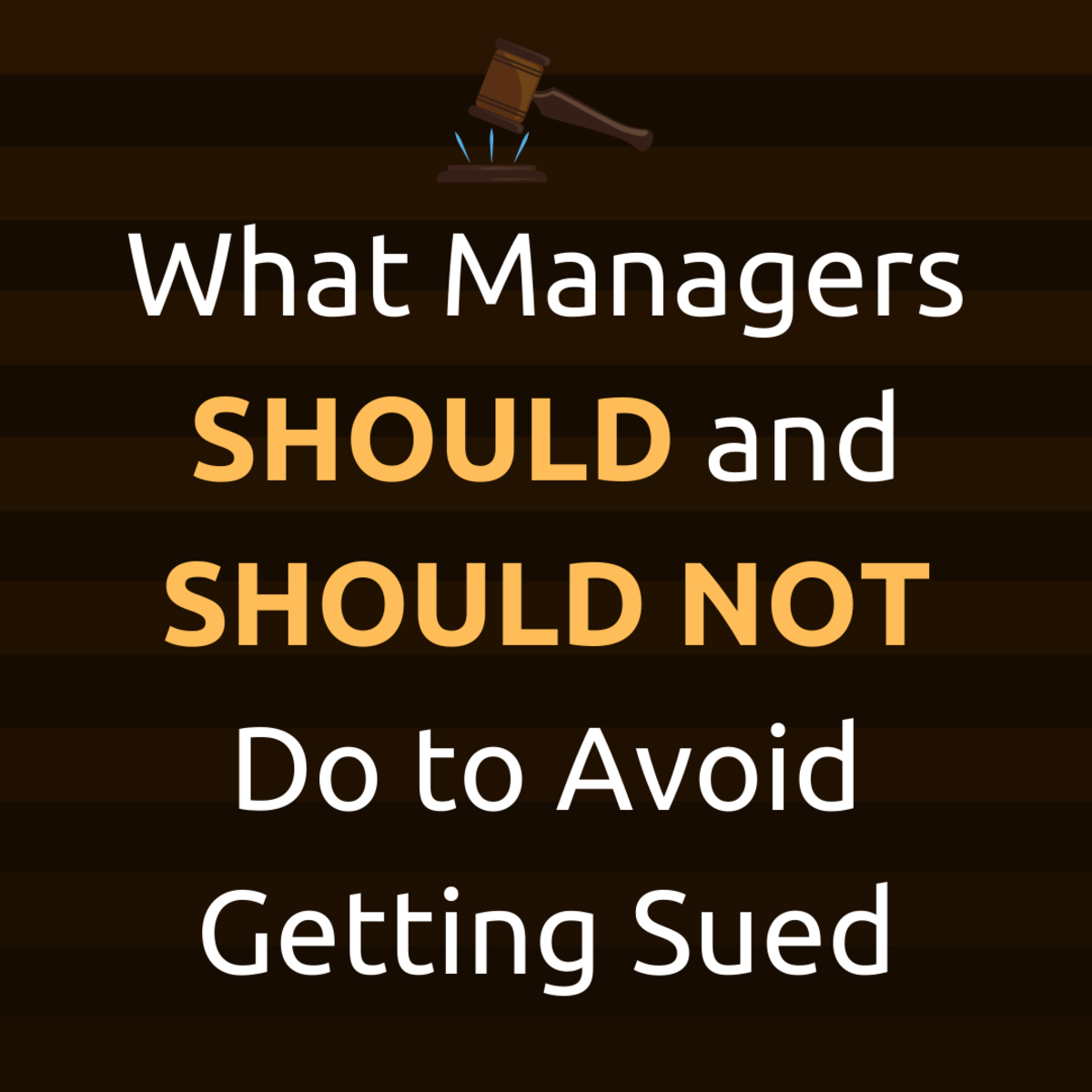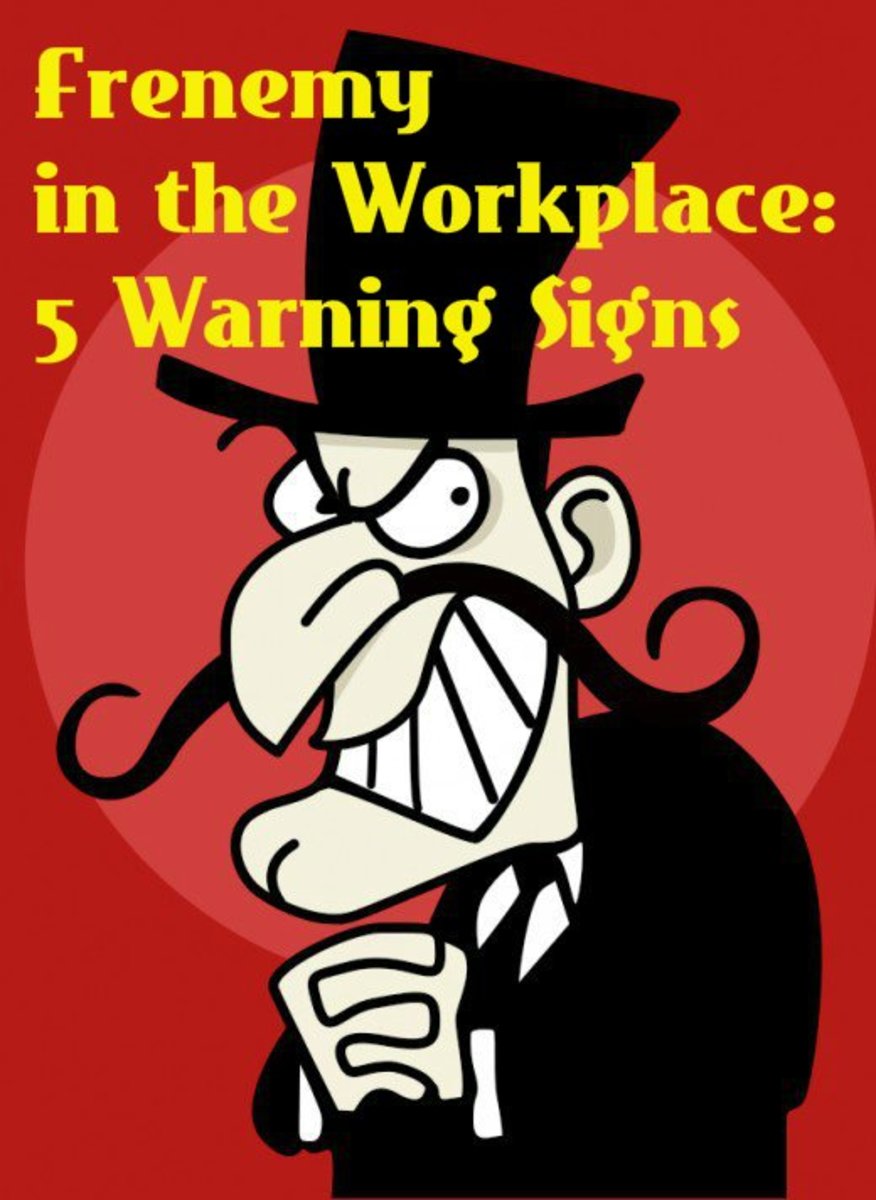Guidelines for Effective Employee Coaching
Every manager has to deal with it at some point: the employee who is not meeting job expectations. It could be habitual tardiness; it could be less than stellar performance. Whatever the nature of the problem, any good manager knows that it needs to be addressed with swift and effective action. One employee's poor performance not only impacts that employee's productivity, it can bring down the morale of the entire department in no time at all.
The first step in dealing with any employee who is not meeting the expectations of the job is coaching. Coaching sometimes is an overlooked tool in the manager's arsenal. Effective managers have ongoing communication with their employees regarding performance and goals. Coaching need not be negative; positive feedback and coaching reinforces good performance and encourages employees to work smarter, safer, and more efficiently.

Coaching becomes even more important for the under-performing employee. When addressing performance issues with an employee who needs improvement or is not meeting the expectations of the position, coaching serves the following purposes:
- To clarify the job expectations and identify where the employee is falling short.
- To identify any barriers impacting the employee's ability to perform to expectations.
- To provide a time frame within which the employee must improve to the expected level.
- To identify reasonable training and resources needed to improve performance.
- To support the employee's efforts to be successful in the position.
- To inform the employee of the consequences of a failure to improve.
Remember the ultimate goal of coaching is improving employee performance to the expected level. If the employee is unable or unwilling to meet expectations despite the manager's reasonable efforts, coaching serves the secondary purpose of providing a defensible basis for discharge or demotion.
Guidelines for Documentation:
Document the discussion immediately following the event while it is still fresh in your mind.
Your documentation should reflect the following:
- A summary of the issue discussed: Identify the purpose of the coaching, including the nature of the issue discussed, the performance expectations established, and any contributing factors the you or the employee identified.
- The employee's response and action plan: Document any issues or concerns raised by the employee and the agreed upon action plan for improvement.
- Manager follow-up: Identify any follow-up actions to which you have committed, such as providing additional information, resources, or training. Also document your plan for reviewing the employee's progress.
Provide the employee a copy of the completed report.
Maintain the report for future reference.
Employee coaching should be documented. Documentation is the process of capturing discussions and action plans in written form. A written record of the coaching contributes to the employee's understanding of the needed changes and helps to identify patterns of behavior or substandard performance. Documentation supports the decision to take an adverse employment action, such as discharge or demotion, if the employee does not improve and provides an objective basis to limit employer liability should the employee challenge that employment action. Record the good as well as the bad. Positive performance documentation supports future promotional opportunities for the employee.
Tips for Effective Coaching
- Provide timely feedback as soon as possible after the event or during the progress of the work.
- Go into the discussion prepared. For particularly difficult conversations, you may want to rehearse in advance with another manager playing the role of the employee.
- Be discrete and confidential. Don’t criticize an employee's performance in front of the group. Take the employee aside and discuss the issue privately.
- Be specific and clear about your expectations. Ask the employee to restate the expectations in her own words to ensure understanding.
- Ask the employee to self-evaluate and compare his work to the expected level of performance. This exercise may provide valuable insight into the root of the problem.
- When coaching an employee, provide direct, nonjudgmental descriptions of the observed performance or behavior and avoid making broad conclusory statements. It's not helpful for an employee to hear only that his work was wrong; you need describe the nature of the problem.
- Describe the issue in detail (what happened, when did it happen, what was the result, what was the impact to the organization) and provide specific examples to support your observations.
- Provide suggestions for improvement.
- Encourage two-way discussion. Ask the employee for input as to why the problem occurred or whether there were any contributing factors, and seek her suggestions on ways to improve.
- Ask if the employee needs any resources in order to perform to your expectations. Listen carefully to the response. Does he need more training? Was she never taught how to do a specific task? Your role is to provide the skills and knowledge needed to do the job. If the employee needs something, make every reasonable effort to assist him or her in obtaining it.
- Agree upon an action plan for resolving the issue, keeping the accountability for improvement with the employee. Advise the employee of the consequences of a failure to improve.
- Avoid criticizing the employee for things she can’t control.
- Apply the same standards to all similarly-situated employees.
- Keep your commitments to the employee. If you tell an employee you’ll check on something, follow-up on it and provide updates on the status of the request or question.
- Follow-up with the employee on a regular basis to assess progress.
- Reinforce positive behaviors and results.









